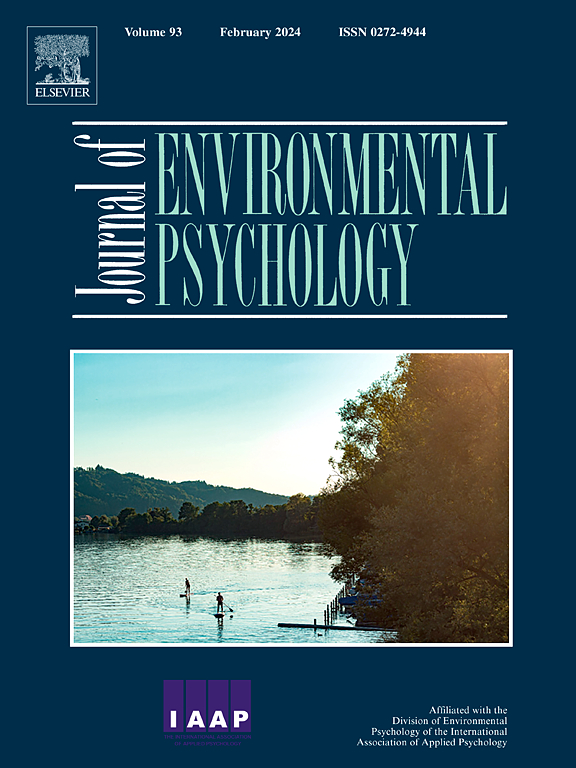Landmark-based guidance and cognitive saliency: Age-related benefits in spatial performance
Abstract
Older adults have difficulties using a map, and the use of GPS systems seems beneficial to help them find their way in cities. The question arises however as to what extent the introduction of landmarks can be even more beneficial. While the visual saliency of landmarks has been well studied, the cognitive saliency of landmarks has received little attention. Our objective in this study was to determine if guiding young and older pedestrians with visually and cognitively salient landmarks inserted in a map or a GPS-like system improved spatial performances. Thirty-four young and 32 older adults navigated a virtual environment using a joystick. They were guided with a map or with GPS-like instructions, including either only visually or both visually and cognitively salient landmarks. After each itinerary, participants completed four tasks: landmark recognition and sequencing, direction recognition and sequencing. The results showed that the integration of visually and cognitively salient landmarks in a map or in GPS-like instructions improved the construction of landmark and route knowledge in both young and older participants. Results also suggested that age-related deficits in spatial memory could be reduced by using GPS-like instructions or by introducing cognitively salient landmarks, in a map or in a GPS-like system. This research opens several perspectives for research as well for the design of human-centred navigation aids.

 求助内容:
求助内容: 应助结果提醒方式:
应助结果提醒方式:


